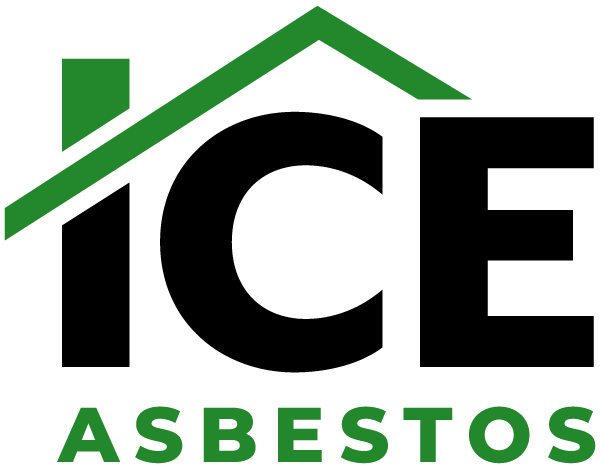Similar to domestic properties, it is not uncommon to find asbestos on farmland and within the property itself.
The most common type of asbestos found on farms is chrysotile and is commonly found in: pipe and boiler insulations (where it has been mixed with blue and brown asbestos); panels between wallboards; brake linings on old vehicles; corrugated roofing and cladding, and in rainwater pipes and gutters.
Another way to identify its presence is by flaking or powdering on damaged/worn surfaces. In these cases, the asbestos has already potentially been exposed; however, you can easily disturb them by:
- Replacing/repairing mechanical parts on old vehicles (clutch or brake lining)
- Removing or working on hot water systems containing insulated pipes or boilers
- Drilling or sawing into roofs or wall panels when rewiring or installing fans/heaters
- Demolishing buildings that have roofs or walls built before 2000
- Drilling, cutting or breaking asbestos cement.
Your Next Steps…
If you suspect that your farmland or property contains ACM and it hasn’t already been disturbed; avoiding touching it as any fibres they release can harm your health.
Next, you will need to make an asbestos management plan. This can be performed by yourself or you can contact specialists such as ourselves at ICE Asbestos who will be able to come and assess the situation, before formulating a plan for its repair/removal.
In cases of removal, you will need to hire a HSE licensed asbestos contractor, who can implement safety procedures to remove these asbestos containing materials without the release of harmful fibres, before disposing of them.
At ICE Asbestos we are licensed to perform both Management surveys as well as Demolition & Refurbishment Surveys. We work all over the UK, and have offices in Birmingham, Darlington, London, Leeds, Nottingham and Norwich.
Dealing with Contaminated/Toxic Land
Sadly, farm land is not the only land at risk of contamination from asbestos. Railway land, heavy engineering sites, old waste disposal sites, scrap yards, power stations, landfills and land where properties from the pre-1980s have been demolished… all have the risk of being contaminated by asbestos.
That is why before you commence any work on the land, it is important to trace its history and determine the likelihood of asbestos’s presence.
With this knowledge, a preliminary risk assessment can be performed to determine the potential contamination levels of the soil. This is achieved through reconnaissance of the site; examining prior surveys and taking samples.
Following this, a risk evaluation will be undertaken which will take into account the characteristics of the asbestos and soil, as well as a review of weather influences, land use and the dangers they can pose to airborne release.
Facts:
- Contamination can be managed as part of your development without the need to evacuate or dispose of it in a landfill.
- Asbestos is a physical contaminant and does not disperse without physical perturbation.
- Due to asbestos appearing in small fragments, the easiest way to identify its presence in soil is by using a machine to excavate trial pits. NOTE: these pits can leave scarring and will prevent the installation of groundwater and ground gas monitoring wells. As a result, the technique used to investigate the site has to be determined based on the future plans of the site.
- For soil contamination to be considered over the hazardous threshold, it has to 0.1%. This means there has to be a significant amount of asbestos present in the soil.
The fact that the threshold has to over 0.1% means it is possible to use a clean cover system to contain the contamination and make the land usable. Similarly, as long as the risk is managed and information of its presence is passed on in a coherent manner; then the presence of asbestos beneath a capping layer (or deeper) does not have to prevent land sales or discourage buyers.
How Can We Help?
The biggest obstacle faced when dealing with farm and general land is determining whether the land is contaminated; how much it is contaminated by, and the right course of action for dealing with it.
At ICE Asbestos we can carry out surveys and removal works to prevent contamination and the development of toxic land. At the same time, if there are instances where you believe asbestos has been buried in the ground, we can take soil samples to determine its presence and contamination levels.
For assistance, simply call our team of experts today. At ICE Asbestos we are licensed to perform both Management surveys as well as Demolition & Refurbishment Surveys. We work all over the UK and have offices in Birmingham, Darlington, London, Leeds, Nottingham and Norwich.
